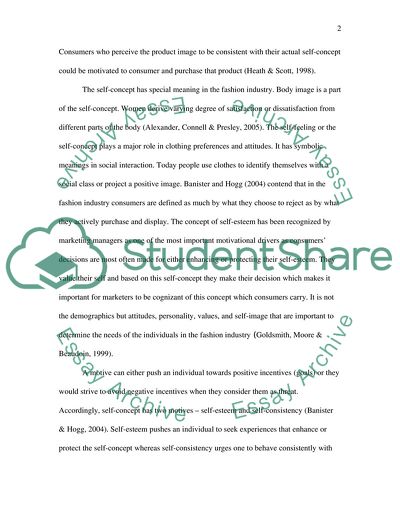Cite this document
(Product Personality and its Influence on Consumer Preference Essay - 1, n.d.)
Product Personality and its Influence on Consumer Preference Essay - 1. Retrieved from https://studentshare.org/marketing/1551030-illustrate-how-an-understanding-of-one-of-the-following-motivation-self-concept-or-memory-can-assist-with-the-implementation-of-effective-marketing-activities
Product Personality and its Influence on Consumer Preference Essay - 1. Retrieved from https://studentshare.org/marketing/1551030-illustrate-how-an-understanding-of-one-of-the-following-motivation-self-concept-or-memory-can-assist-with-the-implementation-of-effective-marketing-activities
(Product Personality and Its Influence on Consumer Preference Essay - 1)
Product Personality and Its Influence on Consumer Preference Essay - 1. https://studentshare.org/marketing/1551030-illustrate-how-an-understanding-of-one-of-the-following-motivation-self-concept-or-memory-can-assist-with-the-implementation-of-effective-marketing-activities.
Product Personality and Its Influence on Consumer Preference Essay - 1. https://studentshare.org/marketing/1551030-illustrate-how-an-understanding-of-one-of-the-following-motivation-self-concept-or-memory-can-assist-with-the-implementation-of-effective-marketing-activities.
“Product Personality and Its Influence on Consumer Preference Essay - 1”. https://studentshare.org/marketing/1551030-illustrate-how-an-understanding-of-one-of-the-following-motivation-self-concept-or-memory-can-assist-with-the-implementation-of-effective-marketing-activities.


